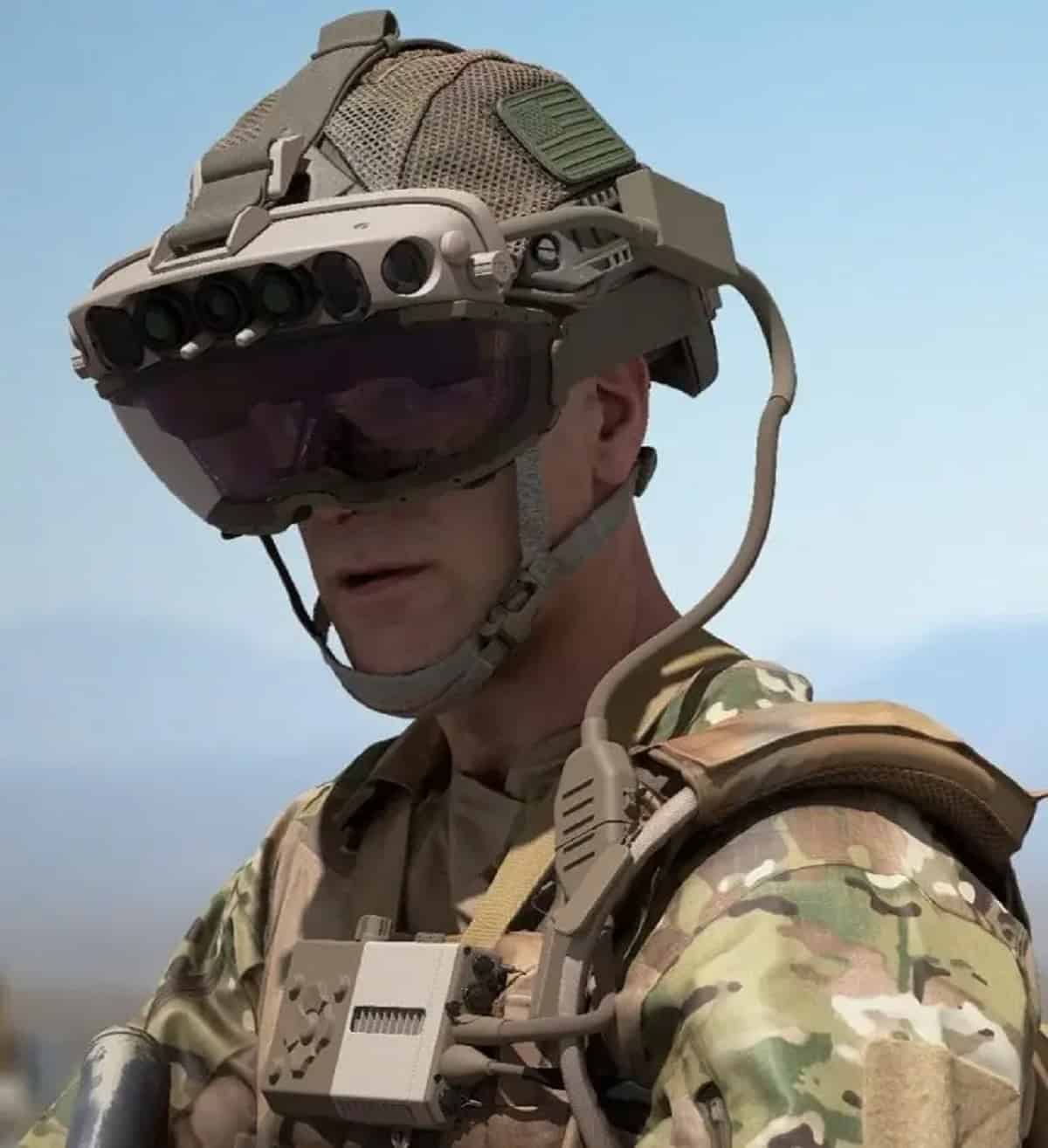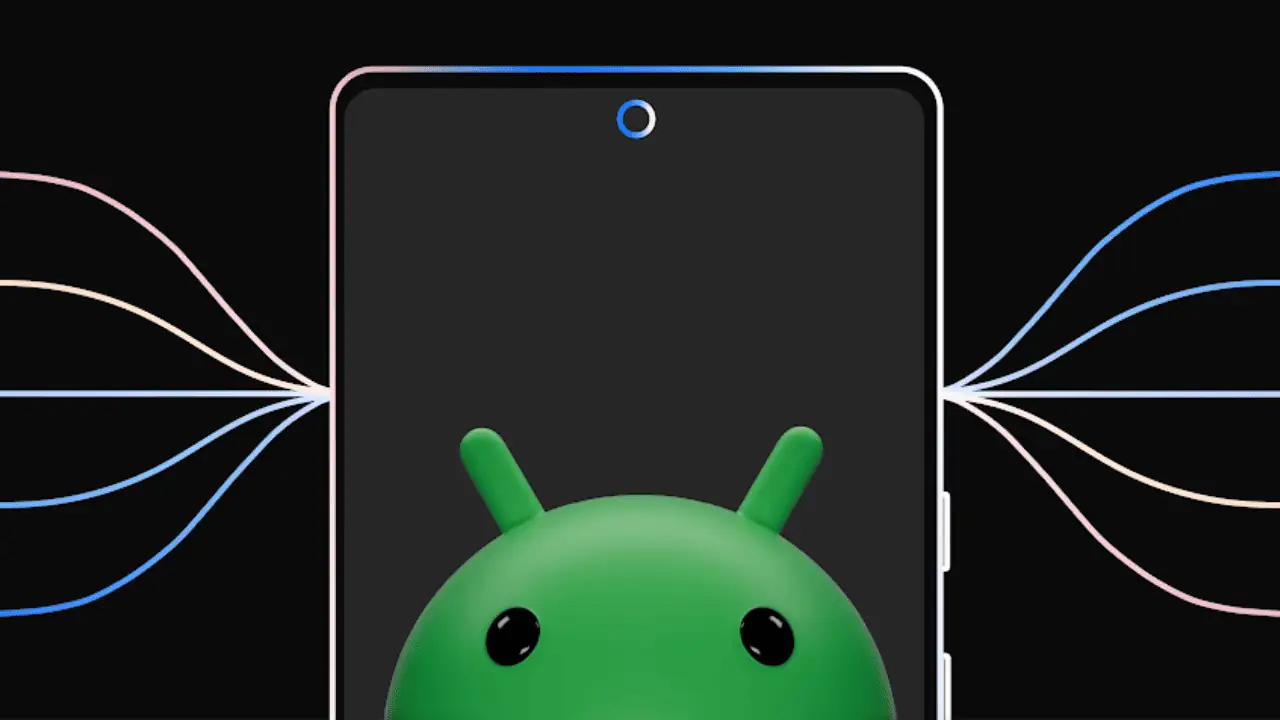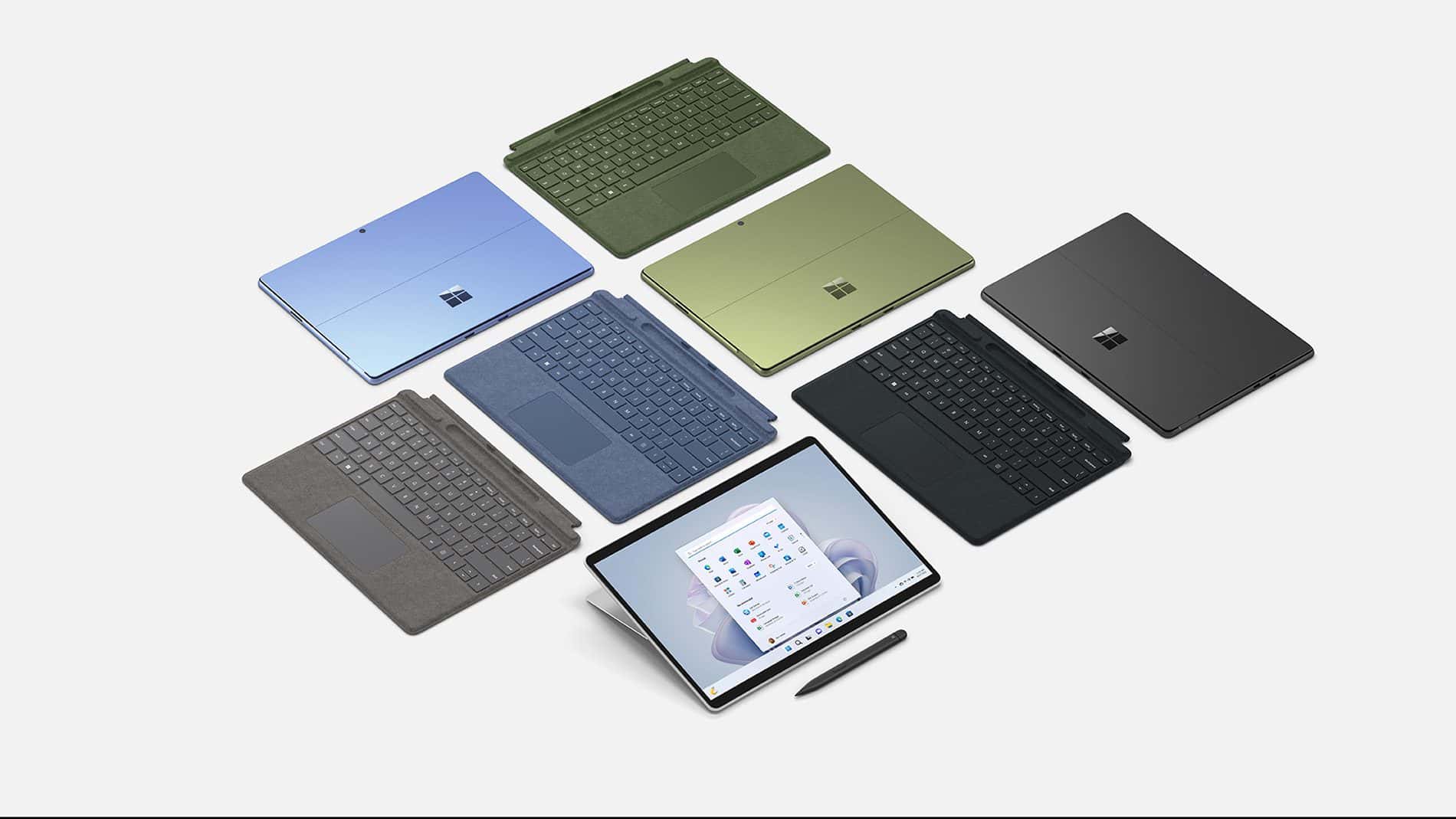General discuss military application of Microsoft's HoloLens
2 min. read
Updated on
Read our disclosure page to find out how can you help MSPoweruser sustain the editorial team Read more

Microsoft is producing a military version of the Microsoft HoloLens, the so-called IVAS headset, and today FastCompany posted on a panel discussion with General John M. Murray, commanding general of the Army Futures Command, explaining how the US Army plans to use their new cybertoy.
“With augmented reality and virtual reality, you can imagine soldiers sitting in back of a combat vehicle and it’s like the armor [protecting soldiers inside the vehicle] is not even there,” Murray said. “It’s just some cameras on the outside of the vehicle to allow that to happen.”
The idea is to put sensors and drones in harm’s way rather than soldiers.
Microsoft has a contract to deliver up to 120,000 specially adapted HoloLens headsets to the U.S. Army.
“We’re just concluding soldier touch point number four at Fort Bragg, North Carolina, right now, where you take an operational unit’s feedback, and from that we’ll determine the way forward,” said General John M. Murray.
Microsoft has been working for more than 3 years on IVAS (Integrated Visual Augmented System) but from a military procurement point of view, the Army has moved very rapidly to secure the potential $21.88 billion ten year contract with Microsoft.
This was due to using one of the Pentagon’s “new acquisition authorities,” meaning new procurement protocols that can get money to contractors more rapidly.
“IVAS is being done under an OTA (Other Transaction Authority),” Whitley said. “This will be the first major system [of this magnitude] delivered under an OTA this fast to the [Defense] Department.”
The Army hopes the new headset can make all the sci-fi fantasies of future soldiers come true, including:
- overlaying icons on friendly units, objectives, threats, and points of interest
- built-in night vision & thermal view modes
- live picture-in-picture feeds from drones, including the Soldier Borne Sensors (SBS) personal drone
- simulated weapons & enemies for training exercises
- scanning nearby people for high temperature (COVID-19)
- facial recognition for hostage rescue situations
- Integration with vehicle cameras, so those inside a troop carrier will be able to see through the armoured walls and see what is waiting for them outside a vehicle before they get out.
The headset is expected to go into field deployment soon, though both Microsoft and the Army are still learning about the actual applications the AR device will find in the field.









User forum
0 messages